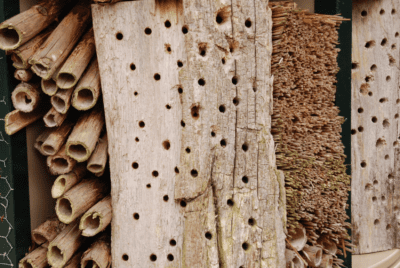RESEARCH
Urban Health: Applying Therapeutic Landscape Design. Methods, Design Strategies and New Scientific Approaches
Summary
This paper explores how therapeutic landscape design can improve human health and well-being, particularly in urban environments. It highlights the importance of integrating natural elements such as trees, water, and wildlife into city planning to reduce stress and promote relaxation. The study discusses key concepts like biophilia (our natural connection to nature) and salutogenesis (a focus on health promotion rather than disease prevention). It also provides design principles, such as creating spaces that encourage exploration, incorporating sensory experiences, and ensuring accessibility for all individuals.
The research emphasizes the practical application of these principles in urban spaces, healthcare settings, and residential areas. It presents case studies demonstrating how well-designed green spaces can lower stress, enhance mood, and improve cognitive function. The findings suggest that therapeutic landscapes can contribute to public health by reducing hospital stays, preventing mental health disorders, and fostering community well-being.







